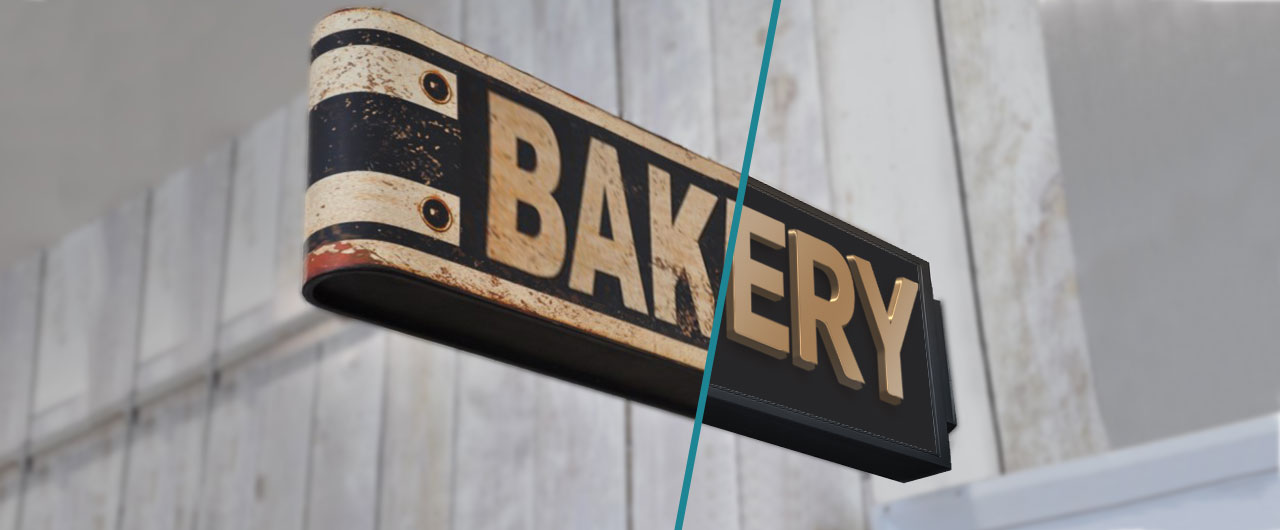The History of the Sign Industry
Lily Travis
Before plunging into the history of signs, let’s understand what signage is. The definition of a sign goes like this: Any visual graphics that provide information to a certain audience. The earliest signs date back to 3000 B.C. Since then the sign making industry has developed immensely. Below find the eras of development that the signage industry has overcome.
Table of contents
Signs and the early civilization
The introduction to outdoor signs dates back to Roman and Greek times, which greatly developed from 3000 BC to 500 AD. At that time the signs were made of stone, wood, leather and terra cotta. The information was displayed with the help of images rather than texts, as people were illiterate back then.
Sign makers used special symbols for establishments such as shops and taverns. For more luxurious organizations, such as bathhouses, more expensive materials like bronze, copper, marble, etc. were used to make signs.
At that time almost all the shops and organizations had an outdoor advertisement. They were found in very good conditions in old cities as well as in the ruins of Pompeii.
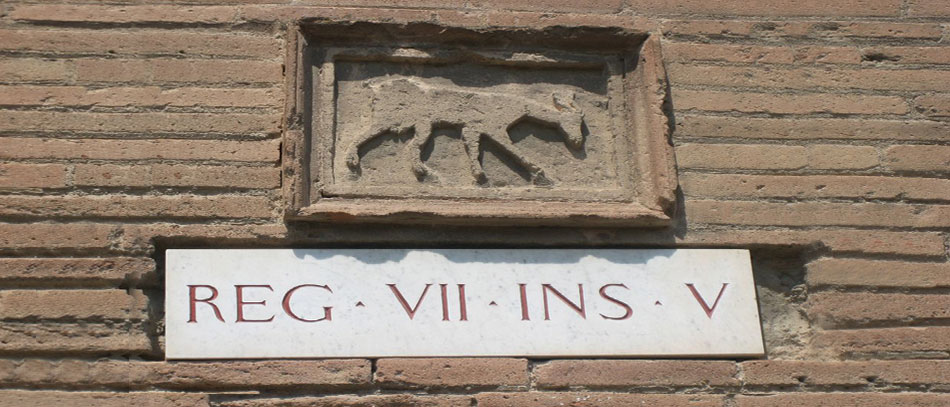
After the 12th century following the Dark Ages, was an economic restoration period. Rich craftsmen and merchants had their own signs with a symbol. Some of them had their own symbol which made them noticeable among others, this was the logo of the early times.
According to Common law, since the 17th century, every establishment was supposed to have a sign representing the services that they provide. For instance, a shoemaker had a sign with the symbol of a shoe. For sign making they used materials such as iron, wood and textiles. Still, letters could be found on a sign very seldom back then, as most people didn’t know how to read.
By the 18th century signs were getting bigger and heavier. This caused quite a few accidents on the road and Charles the 2nd decided that big signs shouldn’t be fixed across the roads.
The first electric signs
The 19th century brought the era of electric Signs. The first gas illuminated sign was made in 1840 in Chicago, Illinois for P. T. Barnum Museum. The Sign was able to work 5 hours straight. After this, such kind of light up signs for business spread across America and Europe. They were used as a retail store signs, bank signs, restaurant signs and theatre marquee signs.
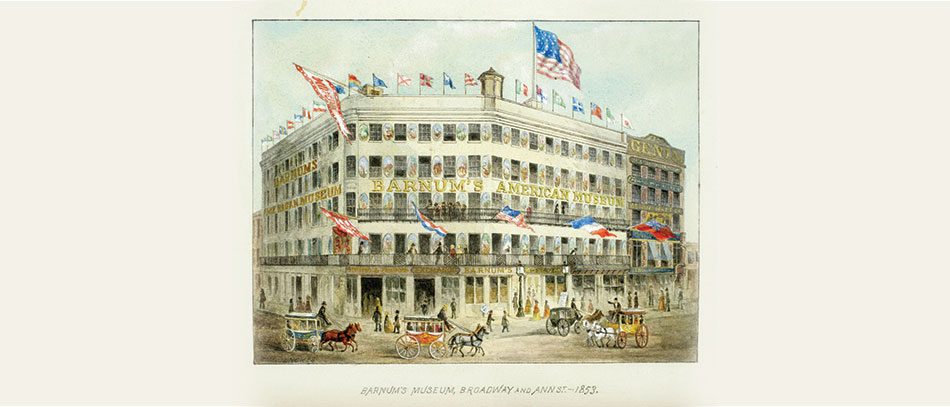
Incandescent bulbs
The first Sign illuminated with incandescent bulbs was made in 1881. It read, “EDISON”. In 1882 it was displayed at International Electrical Exposition.
Later, the Americans created the night display which gave a start to the era of electric signs in America. The use of electric signs started to expand when merchants realized that it is a more effective type of advertising than newspapers and others.
In 1910, the most famous electric sign in the world was located in New York City. It was the great chariot race sign displayed on the roof of a tall building. This building signage had 20.000 light bulbs in different colors. The horses in the sign were moving which was achieved by flashing the bulbs 25.000 times in a minute.
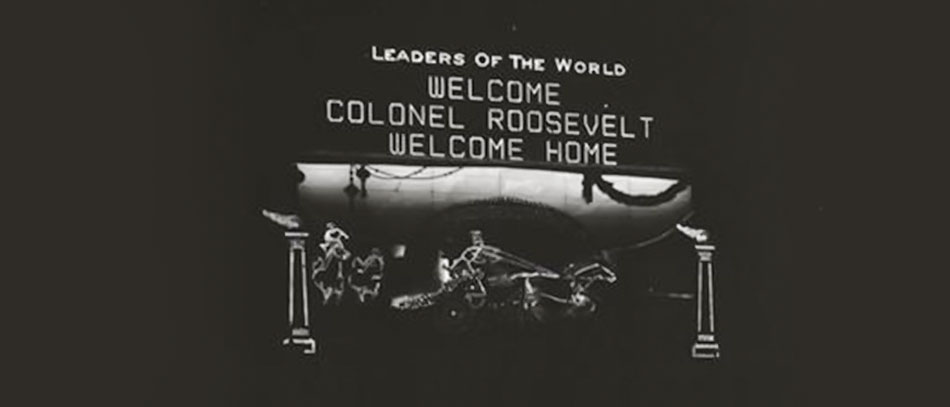
Neon tubes
Neon gas got discovered in the early 1900s by George Claude. By 1910 Claude mastered the Neon tube and got the idea of bending the tubes to create letters. By the 1920s neon tubes were spread among signs in the USA. The main disadvantage of these tubes was that they were limited in color.
Fluorescent tubes
Further in 1934 the signage industry improved when the production of fluorescent illuminated signs started. This new invention allowed sign makers to bend the tubes into any shape and make signs with better colors.
The era of plastic signs
The 40s and 50s was a period of an economic blast and plastic were very easy to find. This is when the manufacturers improved the process of producing quality plastics. People started to use plastic more often as it was cheap and required very little maintenance.
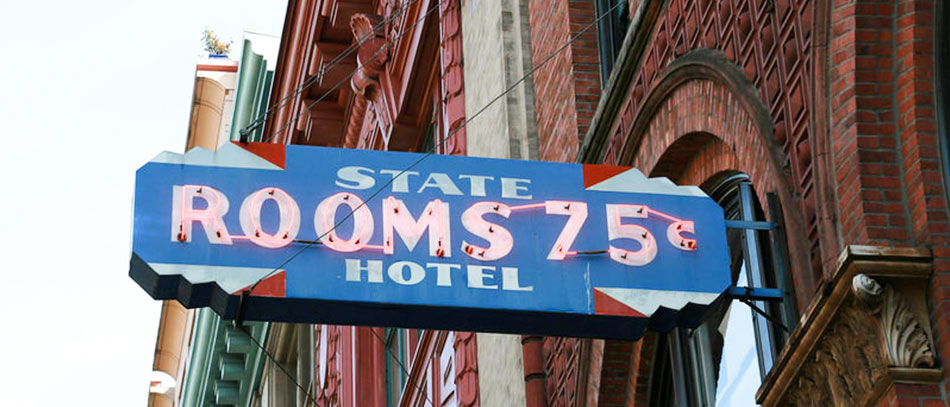
Besides, plastic could be used with neon and fluorescent bulbs to make more complex signage. In 1960s plastic signs could be seen everywhere. The most popular plastic type was acrylic and every establishment had an Acrylic Sign with or without illumination.
Later, other types of outdoor advertisements became popular, such as banners, flags and A-frame signs. This led to the opening of many sign making companies.
The signage Industry nowadays
Custom signs have always been the fundament of the company. It creates your brand identity and makes you stand out from the crowd. Among so many types of advertisements, the outdoor advertisement has proven for so many years that it’s the most effective one.
Today the signage industry has developed to a new level. New printers and material cutters allow us to make perfect flat and 3D signs for business. The quality of the materials and inks are getting better and better which makes the lifespan of the signs longer.
Nowadays the choice of the materials is wider than before, with such materials as dibond, ultra board, foam board, PVC and so on. Same is with colors, now people can choose a custom color for their sign, be it a paint or an ink for printing.
Illuminated options like light box signs or reverse channel letters can work 24/7 with LED bulbs, saving much energy by providing a cleaner and a brighter light.
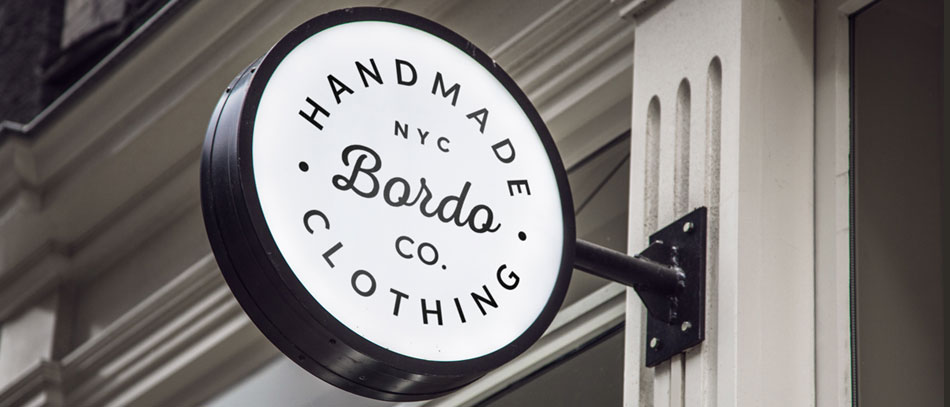
Today business owners have the chance to choose out of various types of Signage, be it for indoor or outdoor sign installation. Some might get channel letters to display the name of their company on the building. Others might get classic large format printing on banners, trade show displays or massive pylon signs to attract attention.
Besides, nowadays signs aren’t only made for business purposes, they serve as event signs or as a means of wayfinding and decoration too. The Signage industry allows us to make unique and custom decorative and directional signs that can be used at homes, or as office signs, lobby signs, interior signs, monument signs and else.
Now, just like hundreds of years ago, all businesses need logo signs, to have the face of their company in order to spread brand awareness.
Signage has always been there and it’s not going anywhere.
